1. Over-the-Top Wall Art
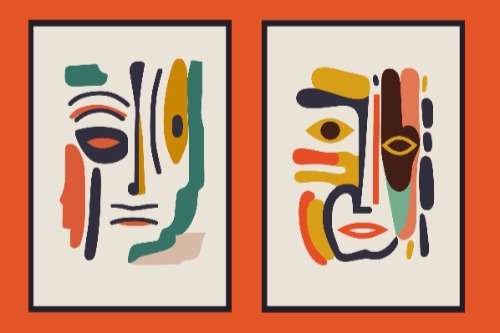
A wall completely covered in abstract prints or oversized art looks like a statement in a photo. It creates a high-impact visual for Instagram, where the camera flattens and simplifies clutter. In reality, it can make the room feel overwhelming or even claustrophobic. The effect that seems bold online might just feel messy IRL.
Instagram loves symmetry and repetition, which is why walls stacked with art translate well to photos. But our brains notice scale and spacing differently in person, so what looks balanced on a feed can feel chaotic in a living room. It’s hard to live with an entire wall shouting for attention every day. A few well-chosen pieces often work better for real life.
2. Minimalist Furniture That’s Actually Uncomfortable
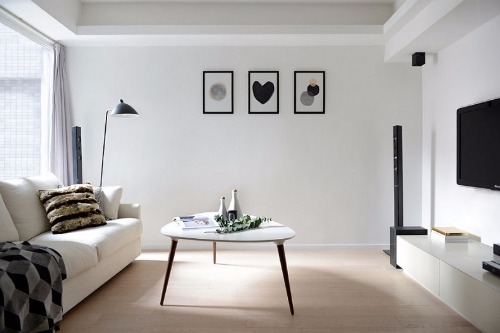
Minimalist furniture looks stunning on Instagram because clean lines and open spaces photograph beautifully. But in real life, those sleek chairs and low sofas often lack the comfort you need for everyday use. People end up slouching, grabbing extra cushions, or avoiding the furniture altogether. The photo might get likes, but your back and guests won’t thank you.
The reason this fails IRL is simple: aesthetics often trump ergonomics online. Designers sometimes prioritize the visual flow of a room over comfort when creating pieces for social media. What looks airy and chic in a staged photo can feel cold and impractical in your living room. Ultimately, you might find yourself wishing for the plush, cozy sofa you ignored.
3. All-White Everything
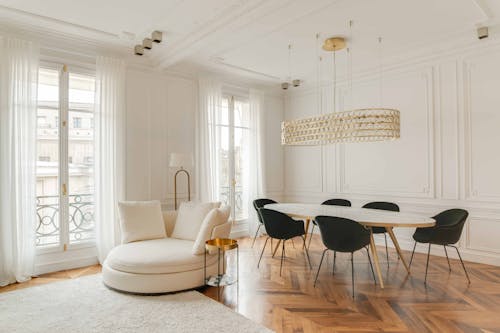
An all-white room screams sophistication and calm in photos. The lighting looks perfect, the shadows are minimal, and everything feels airy and expansive. But in reality, white floors, furniture, and walls are magnets for dirt, spills, and everyday chaos. Suddenly, your Instagram-worthy space feels high-maintenance and stressful.
The appeal is obvious online: clean, bright, and timeless aesthetics are irresistible in photos. But white surfaces show fingerprints, dust, and crumbs immediately, meaning they require constant upkeep. Pets, kids, or even a cup of coffee can ruin the illusion in seconds. Real-life practicality rarely survives an all-white scheme.
4. Faux Plants That Look Real in Photos

Fake plants are a lifesaver for photo shoots. Their leaves never wilt, colors never fade, and they sit perfectly under studio lighting. On Instagram, they can look almost indistinguishable from real greenery. But in your home, the difference is obvious—dust gathers, stems bend, and textures feel fake.
The trick fails because the human eye can detect imperfections that the camera often misses. In person, your brain notices the stiffness of plastic or the unnatural uniformity of faux leaves. While they might be fine as accent pieces, filling a whole room with fake plants rarely passes as natural. You’re left with a stylish illusion that doesn’t breathe life into the space.
5. Oversized Rugs in Tiny Rooms
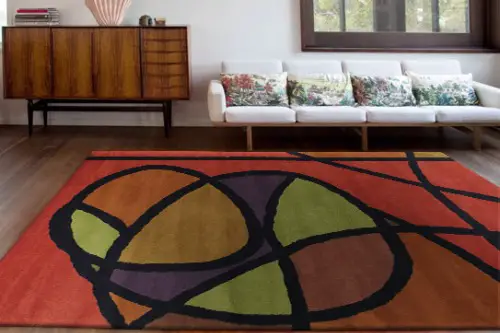
An oversized rug instantly creates a cozy, polished look for a flat-lay shot. It ties the room together and gives the illusion of luxury. Instagram doesn’t show you how it affects movement or furniture arrangement. In reality, a massive rug in a small space can feel suffocating and make the room harder to use.
The problem is proportion. While the camera flattens the perspective, in person, your feet bump against furniture or the rug folds under chairs. Walking around it can feel awkward, and it can make the space feel smaller rather than bigger. A rug that looks like a masterpiece online might just be an obstacle course IRL.
6. Excessive Throw Pillows
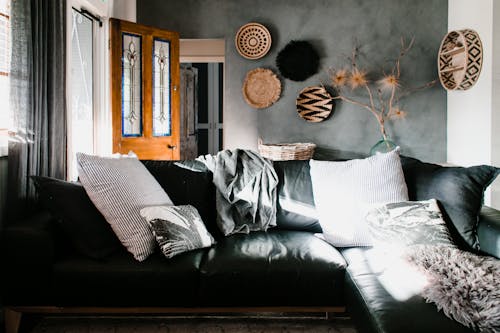
A mountain of throw pillows looks dreamy in a photo, giving a bed or sofa a lush, inviting feel. Perfect for scrolling through a feed, it makes the space appear luxurious and styled. But the reality is you can’t actually sit or sleep comfortably with ten pillows in your way. Guests will move them, and you’ll eventually tire of constant rearranging.
Instagram prioritizes visual volume over usability, which is why pillow overload photographs so well. The colors, textures, and symmetry pop in a photo, creating a perfectly curated moment. However, comfort is sacrificed for the sake of aesthetics. In real life, fewer pillows are usually better for practicality and sanity.
7. Neon or Statement Lighting
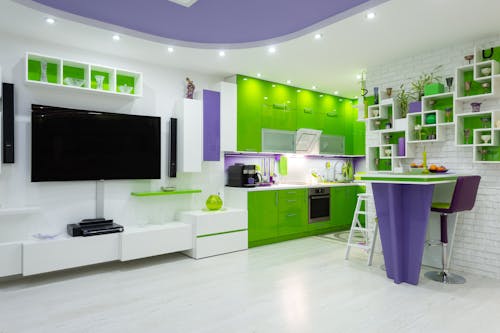
Bold, colorful lighting makes a room feel edgy and modern on camera. It adds drama, creates unique shadows, and instantly transforms a space into a “vibe” for Instagram. The problem? In reality, neon or colored lights are harsh and often impractical for everyday tasks. Reading, cooking, or working under pink or blue light quickly becomes annoying.
The Instagram illusion works because your brain interprets the glow as stylish and cohesive. Photographers can adjust angles and exposure to make the color flattering. In real life, you’re stuck with unnatural hues that strain your eyes. Trendy lighting might win likes, but it rarely wins comfort.
8. Tiny Furniture for a “Spacious” Look
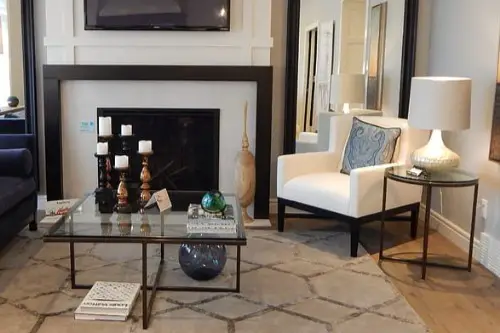
Placing miniature tables, chairs, and desks in a room can make it look massive in photos. The camera exaggerates scale, and suddenly a small apartment feels airy and open. But those pieces often lack functionality. You can’t fit enough storage, meals, or people comfortably, leaving the space less livable than it appears online.
This trick exploits the camera’s ability to distort perception. In real life, you notice gaps, cramped seating, and awkward proportions immediately. It’s the classic “Instagram room looks huge, but it’s impossible to live in” scenario. Small furniture can look cute, but it rarely solves practical living problems.
9. Glittery or Reflective Surfaces
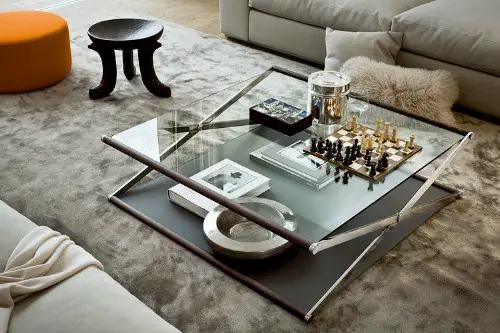
Sparkling decor, mirrored tables, and metallic accents photograph like magic. The reflective surfaces catch the light perfectly and create a glamorous effect on your feed. In reality, they show fingerprints, dust, and scratches constantly. A surface that’s dazzling online can be a nightmare to maintain day-to-day.
The reason it fails IRL is that human interaction is unavoidable. You touch, move, and use surfaces, which means the shine doesn’t last long. Instagram photos skip over the mess, but your living room doesn’t. What looks flawless in a snap can look chaotic in real life.
10. Overly Coordinated Color Palettes
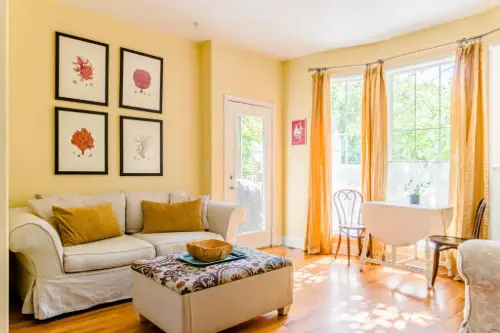
Matching furniture, curtains, and decor items in one cohesive palette is satisfying on Instagram. It creates a curated, professional look that’s easy for your followers to admire. The issue is, living in a perfectly coordinated space can feel sterile. Even minor personal items can clash, and the room may lack personality.
The trick works online because cameras compress colors and simplify patterns. In reality, color theory is tricky to live with. You’ll notice your rug is too bright compared to your sofa, or your favorite mug disrupts the harmony. A perfectly Instagrammable palette can feel restrictive in day-to-day life.
11. Tiny Decor on Large Surfaces
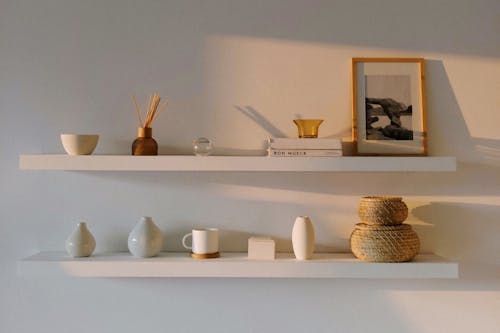
A single sculpture or vase in the center of a huge table looks minimalist and chic in photos. Instagram loves the emptiness around it, which creates a sense of luxury and intentional design. In reality, the space can feel barren or unfinished. Large surfaces need proportionate items to feel balanced and functional.
The camera hides how empty and cold a space feels in person. You may find yourself adding extra items to make it feel cozy or practical. What reads as intentional minimalism online might just feel neglected IRL. Large tables and counters often require more than a single centerpiece.
12. Fake “Natural” Lighting
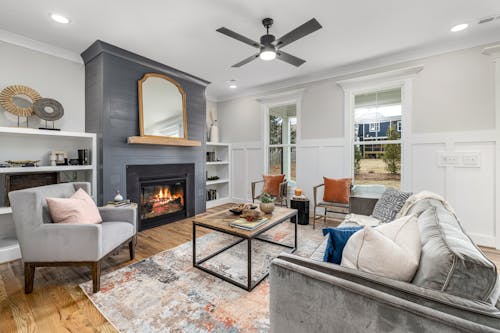
Shooting photos with carefully positioned artificial lighting mimics sunlight perfectly. It creates flattering shadows and highlights textures, making the space glow online. The catch? In real life, the room might be dark, unevenly lit, or depressing. What looks airy and warm on Instagram might feel gloomy when you’re actually sitting there.
Photographers stage lighting to flatter the space, often ignoring corners that look dull or cold. Natural light is hard to replicate perfectly, especially in daily life. Instagram tricks your brain into thinking the room is brighter than it is. Day-to-day use exposes the reality behind the staged shot.
13. Overstuffed Bookcases
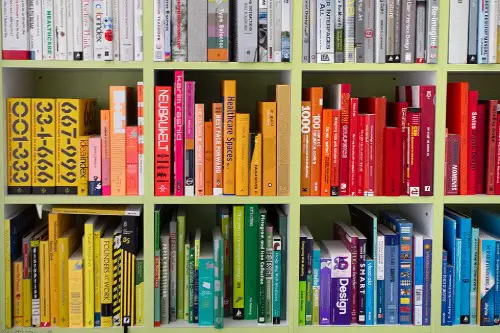
A bookcase overflowing with books, plants, and trinkets looks cozy and intellectual online. It signals personality and style without much effort. The problem is, in real life, it becomes cluttered and hard to manage. Dusting, rearranging, and finding things on a jam-packed shelf is a constant headache.
The Instagram appeal lies in the visual density—your eye loves layers and textures. In real life, though, cluttered shelves make a room feel cramped rather than curated. You also lose practicality because everything gets buried or misplaced. A well-styled bookcase online might just be an impractical collection IRL.
This post 13 Decorating Tricks That Work on Instagram but Fail IRL was first published on Greenhouse Black.
